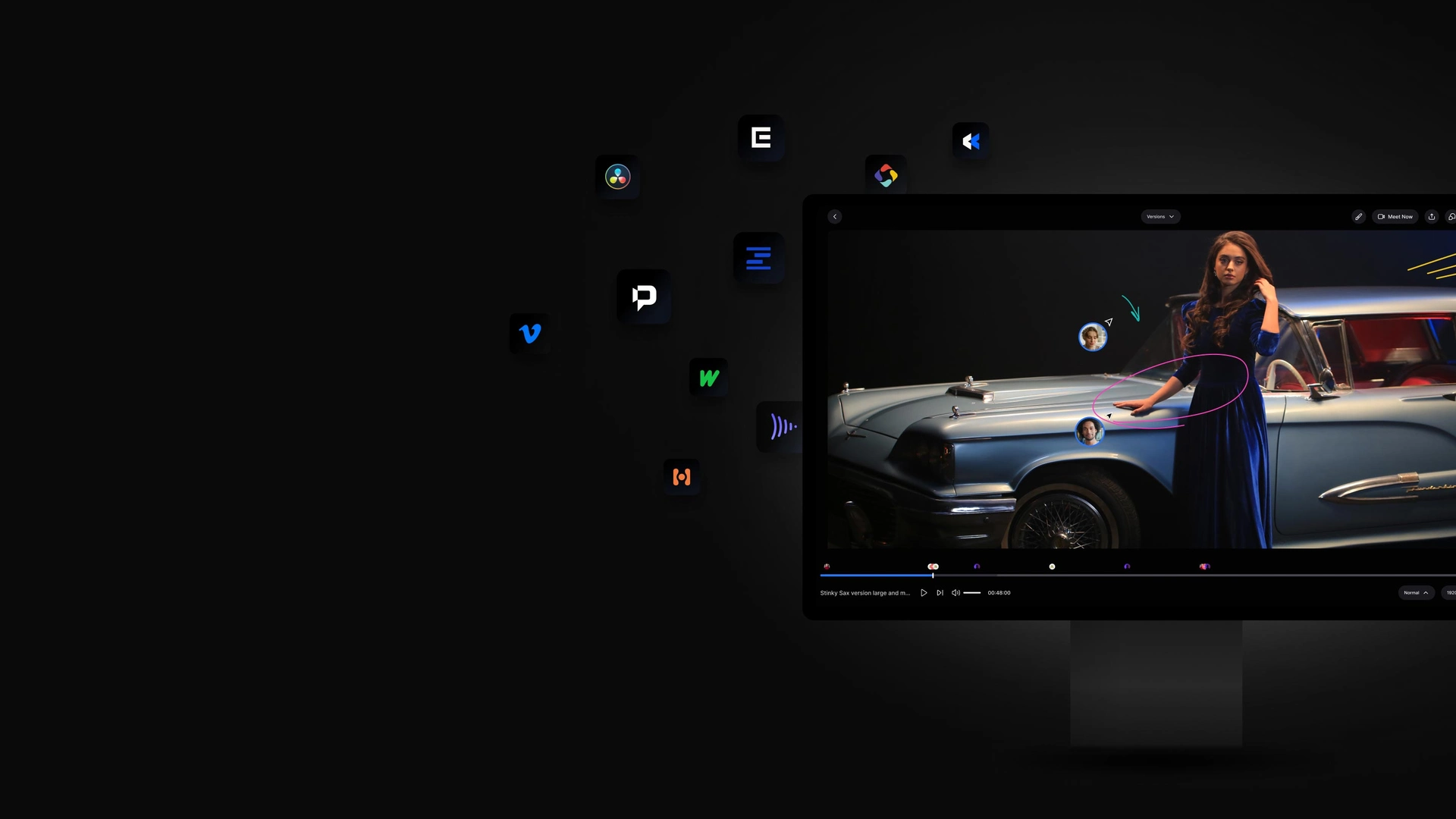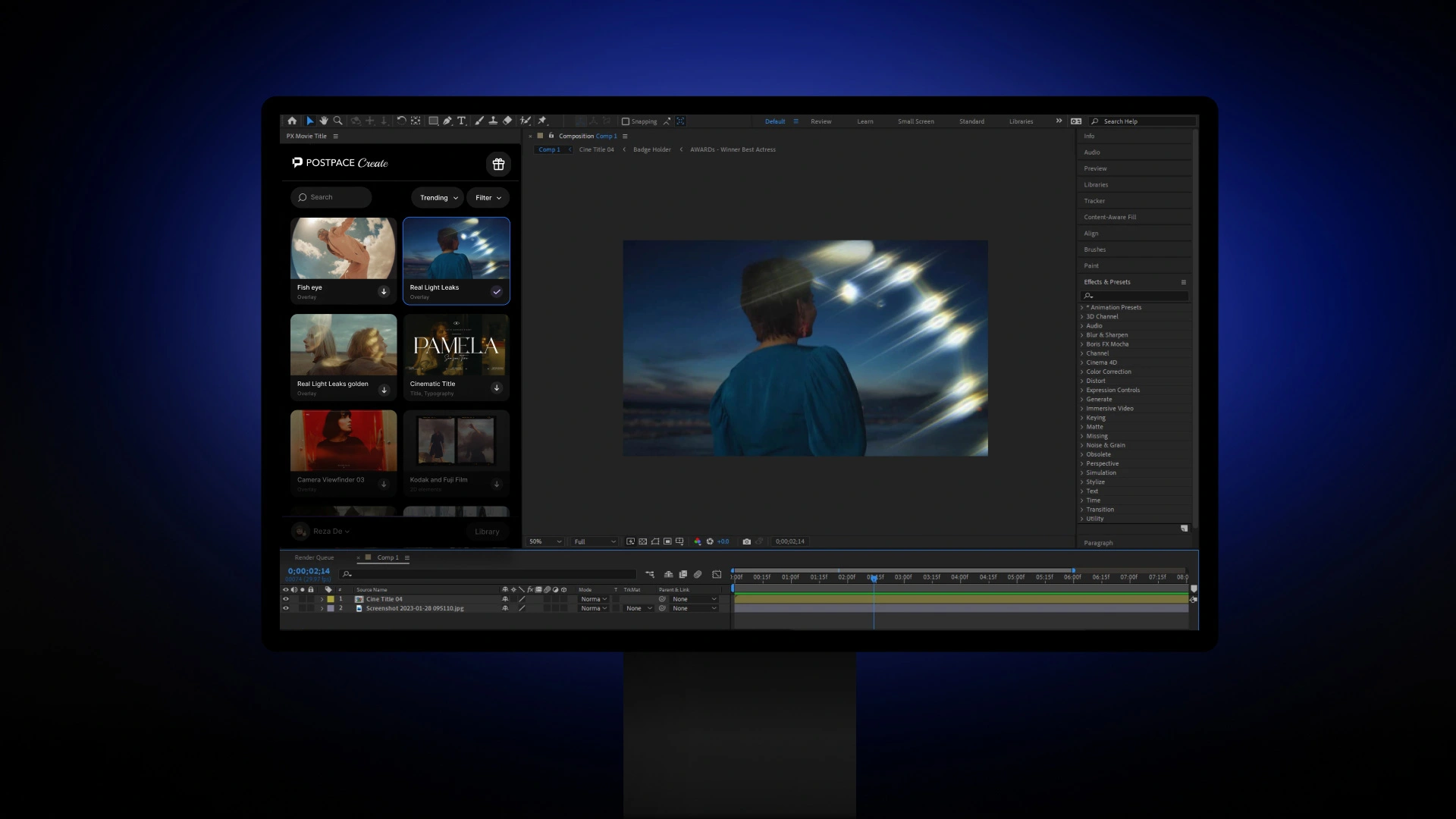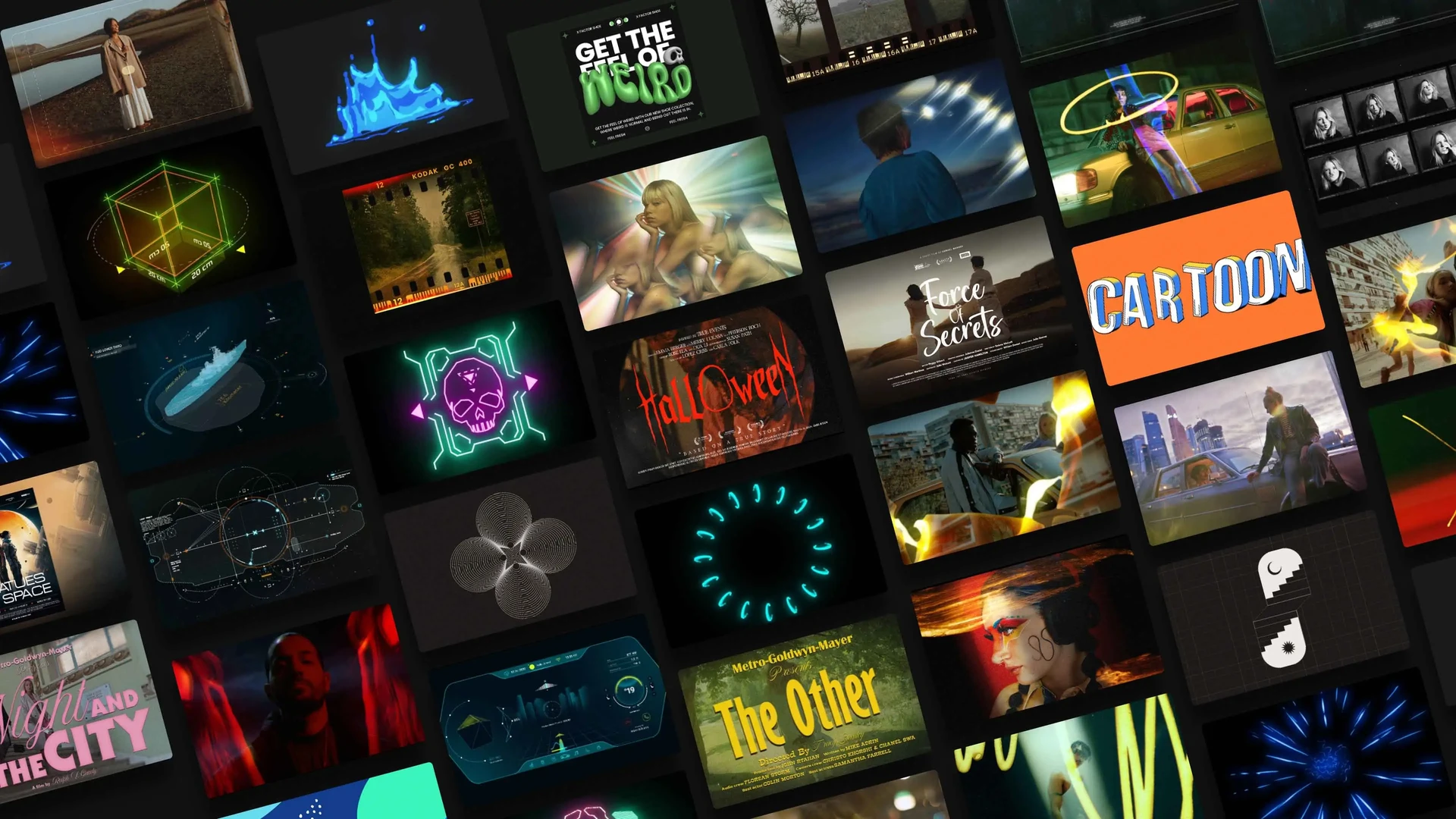What is ADR in Film?

- Fix technical issues like background noise, room tone, or recording problems
- Replace lines that have incorrect delivery or writing issues
- Translate the dialogue into another language
- Change dialogue to fit edits or story changes
During filming, perfect sound can be difficult to capture due to factors like traffic, equipment issues, or poor acoustics on location. ADR provides a clean, controlled environment to record crystal clear dialogue that matches the scenes and actor performances.
The original production sound is used as a guide track while actors watch the video and match timing and lip movements. The polished ADR recordings then replace the original production track for audio in the final edit.
Why Do Films Use ADR?

- Fix Technical Sound Issues: On-location sound often picks up problems like background noise, room tone, microphone issues, equipment problems, or inappropriate reverb.
- Visual Continuity Problems: Unwanted sounds might occur on set, like a plane flying over during a line. The scene itself may also change during editing.
- Improve Vocal Performance: Sometimes line readings during filming don’t quite capture the emotion or delivery the director wants. During ADR, the actor can provide a more polished read.
- Add or Change Dialogue: Writers or directors might decide to add, tweak, or change lines during editing. With ADR, the actors can seamlessly record these pick-up lines.
- Translate/Dub Lines: For international or foreign language distribution, films often get entirely dubbed into other languages.
Overall, ADR results in much cleaner, clearer, and better-matched vocal audio in the final cut.
How Does Automated Dialogue Replacement Work?

1. Spotting Session
An ADR session takes place with key post-production crew members, including the:
- Director
- Sound supervisor
- Sound editor
- Re-recording engineer
- ADR engineer
This group goes through the film shot-by-shot and marks all the scenes that need ADR for things like technical issues, better line reads, or clarity.
The ADR lines get transcribed and coded for the specific characters and scenes. Spotting sessions can be brief for small projects or extensive for major studio films requiring lots of ADR.
2. Preparing the Recording Session
The production sound mixer and engineer will then prepare the recordings by first editing and tidying the production audio that will serve as a guide track during the ADR session.
Next, they build a session in their Digital Audio Workstation (DAW) and make sure the footage referenced by the scene codes is easily accessible. Marks get added to identify the line script and sync points guiding the actor’s performance.
Some studios may have “loops” prepared, which means a short section of the scene playing on repeat to match lip movements precisely.
3. The ADR Session
On the recording day, actors review the script and imagery privately to mentally prepare before going into the booth. A director may give notes or guidance on the desired tone or emotion.
Then the talent wears headphones to hear the guide audio track playback, watches video monitors through a scene window, and reads the lines while watching the lip movements and action on-screen.
Quality ADR requires actors to match the original performance’s pace, inflection, tones, verbal ticks, etc. The microphone and pop filter should be adjusted just right, along with the acoustics, to cleanly pick up the voice.
The talent does multiple takes of each line, giving various deliveries until everyone is satisfied. Engineers may offer tweaks to tone, energy, pacing and more.
Sessions last a few hours to multiple long days depending on the ADR workload. Actors may return for pick-up lines if new edits require small dialogue changes too.
4. Editing and Mixing
After recording all the specified scenes, the engineer cleans up the original audio track (reducing breaths, pops, etc.). The sound editor then replaces the production dialogue with the polished ADR tracks.
Finally, the re-recording mixer balances all the dialogue, music, and sound effects during the full audio mix. With clean and clear ADR lines now guiding the scenes’ sound, the film has professional-grade audio quality.
So in summary – spot lines needing replacement, prep a session, bring actors in to perfectly re-perform dialogue to picture, audio edit in the new recordings, and mix!
Tips for Quality ADR Performances
Here are some top tips for actors to nail their ADR performances:
- Study the lines and scene first to understand context and emotional tones before re recording audio. Get familiar with the script and character.
- Watch existing footage to mimic the original performance’s exact mouth shapes, pacing, speech patterns, and actor gestures.
- Match voice quality and delivery from the production track – this means copying inflection, accents, tones, etc.
- Use the replay loops with repeated lines to dial in your lip-sync. Get line takes that perfectly match mouth movements.
- Perform lines multiple times giving different approaches until the directors feels you captured the right read. Ask for feedback and make adjustments.
- Keep posture consistent with the character’s physicality and positioning on screen to get appropriate vocal sound.
- Stay mentally engaged – don’t lose focus or energy. Quality ADR requires precision and attention through long recording sessions.
With practice and using these tips, actors can master the audio ADR and process for truly seamless dialogue replacement recordings.
Frequently Asked Questions
ADR re-records dialogue to fix technical issues, improve line reads, facilitate edits, translate languages, and punch up lackluster production sound overall.
ADR dialogue recording happens in post-production after principal filming wraps and an editor assembles a rough cut needing dialogue replacements.
In specialized recording studios contain ADR booths with the equipment and acoustic treatment necessary for capturing clean dialogue free of unwanted room tone and noise.
Even with great efforts to sync lines, residual quality issues like mouth flaps, mic pops, tone/delivery inconsistencies, and ambient sound disconnects can persist. Budget and scheduling challenges on smaller projects also reduce time for refinements.
In most cases, yes – the principal actors re-record their own dialogue to precisely match line delivery and maintain character consistency. But for various reasons, sometimes sound-alikes are brought in instead of re-recorded lines.
If done well, ADR goes unnoticed. Poorly executed ADR audio dialogue may sound distractingly off from the scene’s visuals due to mismatched mouth flaps, vocal tone/quality shifts, and uneven ambient sound. Quality ADR blends dialogue seamlessly into the production.
Hopefully, this guide gave you a helpful introduction to all things ADR. Thanks for reading – let me know if you have any other questions!



